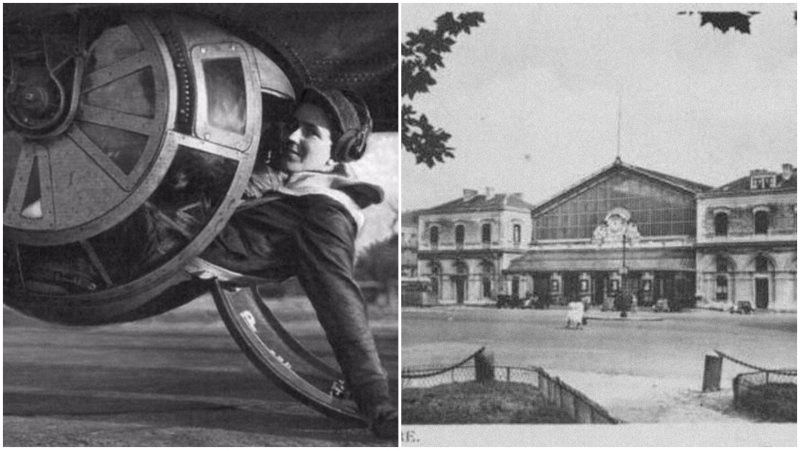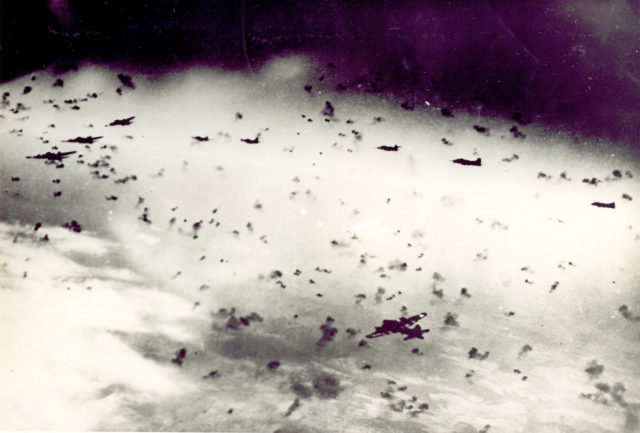
Alan Magee was born in Plainfield, New Jersey, as the youngest of six children. Immediately following the Pearl Harbor attack Magee joined the United States Army Air Force and was assigned as a ball turret gunner on a B-17 bomber for the 360th squadron.
On January 3rd, 1943, Magee’s B-17, aptly nicknamed Snap! Crackle and Pop!, was on a bombing run during the daytime over Saint-Nazaire, France when German fighters shot off a part of the right wing, causing the plane to enter a deadly spin. This was his seventh mission.
Magee was wounded but managed to escape the ball turret. The only problem was his parachute had been damaged and was totally useless, so having no other choice, Magee leapt from the plane without his parachute, losing consciousness rapidly because of the altitude.
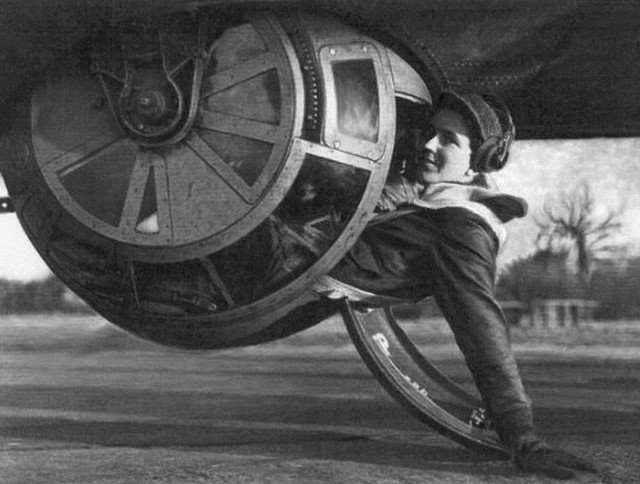
During his fall from the plane, Magee asked God to save his life. “I don’t wish to die because I know nothing of life,” was his appeal to God.
Then, he totally lost consciousness and crashed through the glass roof of the St. Nazaire train station. Some said that he fell over four miles before crashing through the glass roof. Somehow the glass roof lessened Magee’s impact, and rescuers found him still alive on the floor of the station.
When Magee came to in the first aid station before they ended up having to transfer him to the local hospital. “I owe the German military doctor who treated me a debt of gratitude,” said Magee. He told me, “We are enemies, but I am first a doctor and I will do my best to save your arm.” The doctor saved Magee’s arm and tended his other injuries, but unfortunately, Magee never did find out the doctor’s name to thank him.
Staff Sargent Magee was taken as a POW and given medical treatment for his injuries by his captors.
Magee had 28 shrapnel wounds in addition to the damage from the fall.
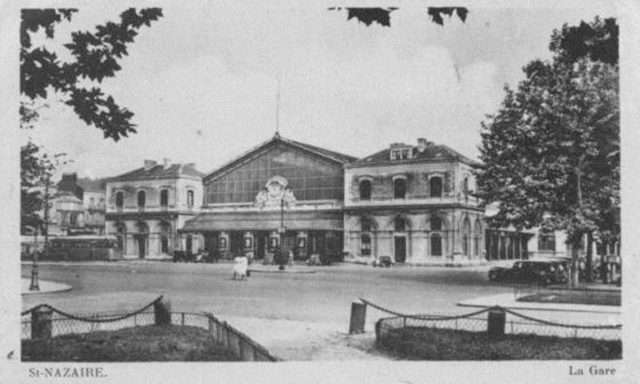
That damage included several broken bones, severe damage to his nose and eye, lung and kidney damage and his right arm was almost severed.
Magee was rescued in May 1945 and received the Air Medal for meritorious conduct and the Purple Heart.

When the war was over, Magee got his pilot’s license and enjoyed flying. He worked a variety of jobs in the airline industry. He retired in 1979 and moved to Northern New Mexico.
The people of Saint-Nazaire, France honored Magee and the crew of his bomber on January 3rd, 1993 by erecting a six-foot-tall memorial to them. Alan Magee passed away in San Angelo, Texas on December 20th, 2003, at 84 from stroke and kidney failure.
The following is a statement made by Don Jenkins of Albuquerque, New Mexico a friend of Magee’s for 38 years and a WWII Navy Veteran:
He was 5-foot-7, barely small enough to fit in the B-17’s ball turret— a cramped, donut-shaped plastic glass and metal turret on the bomber’s underside. It was such a tight fit— a gunner’s knees were practically against his chest— that Magee had to leave his chute on the deck of the four-engine Flying Fortress.
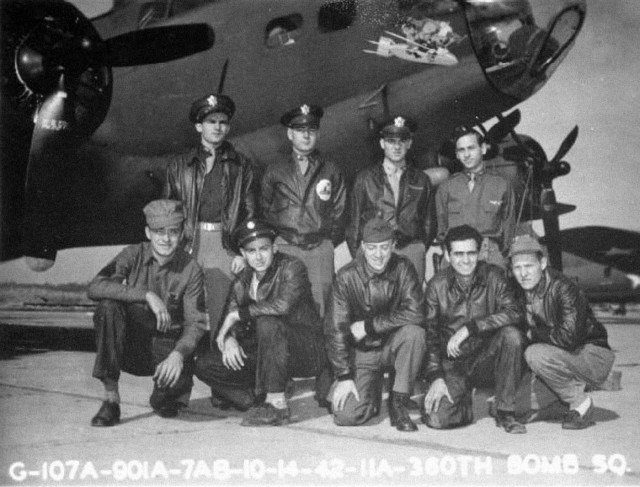
The ball turret offered a panoramic view and a precarious target for German fighter planes. B-17 gunners had a high casualty rate. “He was very easy to get along with— very cheerful, very talkative and a very, very sweet guy,” Jenkins said. But, he said, Magee only spoke to him three times about the events on Jan. 3, 1943.
Sgt. Magee, 24, was one of the oldest of the 10-man crew who flew out of Molesworth, England, on a bomber nicknamed “Snap! Crackle! Pop!” The pilot was only 19. His seventh mission was a daylight bombing run on St. Nazaire, France, called “Flack City” because of the anti-aircraft guns defending the German submarine port. The 360th Bomb Squadron of the 303rd Bomb Group sent 85 B-17s with a fighter escort.
Over the target area, flack damaged Magee’s plane, and then German fighters shot off a section of the right wing. Magee, who was wounded, scrambled back into the cabin, but his parachute was ruined. “He saw a gap in the spinning plane and jumped out,” said Jenkins, who explained that in the confusion Magee forgot he wasn’t wearing a chute. “He remembered tumbling,” Jenkins said. But at that altitude, Magee quickly lost consciousness.
Eyewitnesses saw Magee crash through the Nazaire train station’s glass skylight, breaking his fall. When he regained consciousness, Magee said to his captors: “Thank God I’m alive.” Magee’s injuries included 28 shrapnel wounds. A lung and kidney were hit. His nose and an eye were ripped open. His broken bones included his right leg and ankle. A right arm was nearly severed. Jenkins said the Germans decided that anyone who could miraculously survive deserved “real special attention.”
With the German doctors’ help, Magee fully recovered. Jenkins said Magee later hiked and backpacked and “led a pretty good life.” Two of his crewmen also survived. In all, 75 airmen died, seven U.S. planes were destroyed and 47 were damaged that day, he said.
